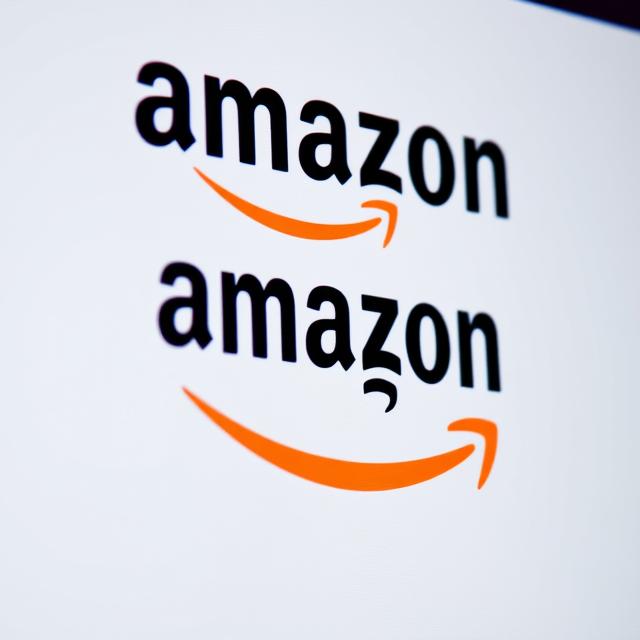Amazon’s Next Big Move: What’s Coming for the E-Commerce Giant?”
Amazon, the global leader in e-commerce, has continually redefined industries through innovation, scale, and strategic expansion. From its beginnings as an online bookstore to its current dominance in retail, cloud computing, and artificial intelligence (AI), Amazon’s trajectory has been one of constant evolution. As the company looks to the future, its next big steps are set to further transform e-commerce, logistics, and technology.
Below is a detailed description of the key areas where Amazon is expected to make significant progress, focusing on delivery systems, AI integration, grocery and retail expansion, and advancements in emerging technologies such as blockchain and robotics. These developments are aimed at not only improving the customer experience but also strengthening Amazon’s competitive edge in a rapidly changing market.
Revolutionizing Delivery Systems
Amazon’s logistics network is the bedrock of its e-commerce dominance, and the company is doubling down on faster, more efficient delivery methods. Recent announcements highlight Amazon’s ambition to expand same-day and next-day delivery to more than 4,000 smaller U.S. cities and rural communities by the end of 2025.
This $4 billion effort aims to triple the reach of its delivery network, giving customers access to everyday essentials like diapers and pet food without needing to visit a physical store. This expansion targets underserved rural areas, addressing a critical gap in e-commerce access and potentially gaining a new customer base. Posts on X indicate strong sentiment about the move, with users noting that faster delivery could significantly increase customer satisfaction and loyalty.
Beyond geographic expansion, Amazon is leveraging cutting-edge technology to optimize last-mile deliveries. For example, drone deliveries promise to circumvent traffic bottlenecks, while humanoid robots can handle complex tasks in urban environments. Such advancements are expected to improve margins, as highlighted in discussions at X, where analysts predict that automation could make Amazon a “cash printer” by streamlining operations. However, challenges remain such as regulatory hurdles for drone operations and the high cost of robotic systems, which require Amazon to navigate technical and legal complexities to scale these solutions.
AI-Powered Innovation
Artificial intelligence is at the heart of Amazon’s strategy to enhance both customer experience and operational efficiency. The company has introduced three AI-powered innovations to speed up package deliveries: generative AI mapping (Wellspring), an AI-powered demand forecasting model, and agentic AI. Wellspring uses AI to optimize delivery routes, reducing transit time and fuel consumption.
The demand forecasting model predicts customer buying patterns, allowing Amazon to stock inventory closer to demand centers, thereby speeding up deliveries. Agentic AI, a more autonomous form of AI, can make decisions in real-time to improve logistics efficiency. These advancements, as noted in a recent post on X, are expected to enhance the customer experience by ensuring faster and more reliable deliveries. AI also extends to Amazon’s e-commerce platform, where personalized recommendations and dynamic pricing are powered by machine learning.
The introduction of tools such as the Audio Magic Eraser for video sound editing, as seen in other tech ecosystems, suggests that Amazon may further integrate AI into its content and advertising platforms, such as Amazon Prime Video. While these innovations promise significant benefits, they also raise concerns about data privacy and the ethical use of AI, areas where Amazon will need to maintain transparency to retain customer trust.
Grocery and Retail Expansion
Amazon’s grocery business is another area of focus, with the company testing new formats to integrate its Whole Foods and Amazon Fresh brands into a unified delivery platform. This strategy, reported by the Wall Street Journal, aims to streamline the fulfillment network, making grocery deliveries more efficient and cost-effective.
By combining premium and mass-market grocery offerings, Amazon is looking to gain a bigger share of the $1 trillion U.S. grocery market. Posts on X reflect optimism about the move, suggesting it could strengthen Amazon’s position against competitors such as Walmart. Physical retail is also evolving, with Amazon experimenting with cashierless stores and smart carts powered by Just Walk Out technology.
Share this content:




Post Comment